News Desk
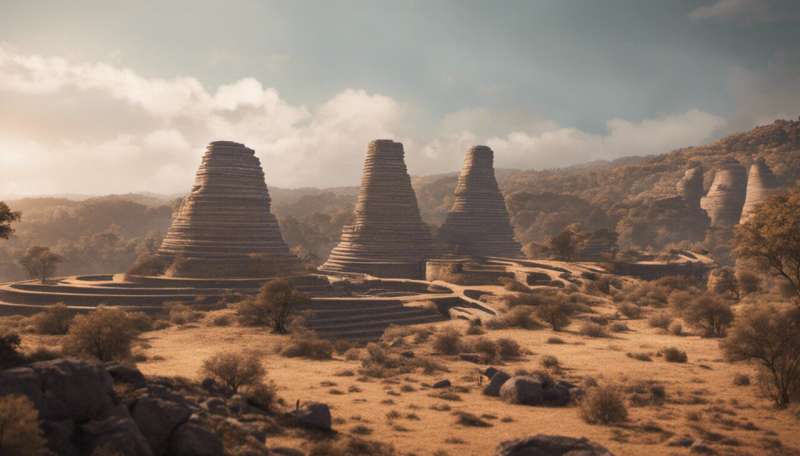
Pre-colonial African history is alive with tales of civilizations rising and falling and of different cultures intermingling across the continent. We have now shed more light on some of these societies using the science of genetics. See the study here.
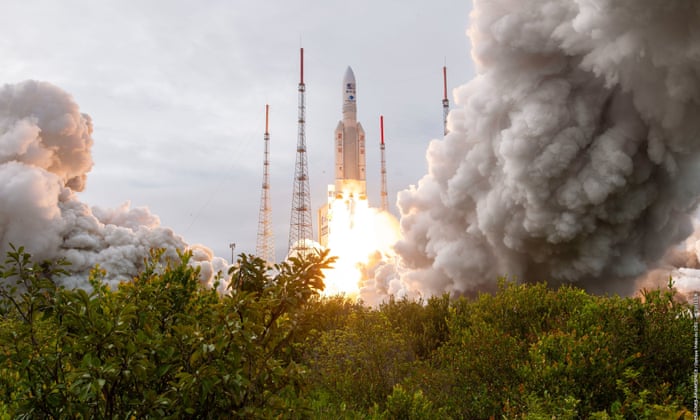
European Space Agency probe due to arrive in 2031 to scan icy moons and study Great Red Spot

Research recently published in Death Studies sheds light on the relationship between increased subjective well-being after psychedelic use and potential reductions in death anxiety.

A study of lithic hunting heads found in the Solutrean levels was conducted using an infrared (IR) microscopy analysis, indicating that Palaeolithic hunters used a mixture of pine resin and beeswax as an adhesive to fasten the heads to arrow shafts.
Image from: Rogers Fund, 1925 (Wiki Commons)
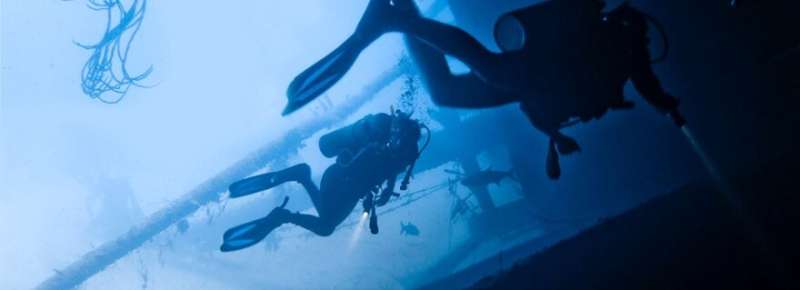
Traces of the past remain hidden in rivers, lakes and seas. But we rarely look underwater and, as they say, out of sight is out of mind. In his inaugural lecture Martijn Manders will explain why underwater archaeology is so important to understanding our history.

A study of an ancient bone from Spain with a strange pattern of notches hints that it was used by early Homo sapiens in Europe as a punch board for making holes in leather

What do medieval monks and volcanic eruptions have in common? According to a team of researchers led by the University of Geneva, quite a bit because chronicles from the 12th and 13th century are helping volcanologists to precisely date ancient eruptions based on descriptions of lunar eclipses. See the research here.
Image from: .scopex (Wiki Commons)
In the depths of a network of underwater caves, Julien Louys has been on the trail of some rather unusual animals. Despite the sunken setting, these creatures weren’t forms of marine life — they were giant marsupials, and they became extinct tens of thousands of years ago.
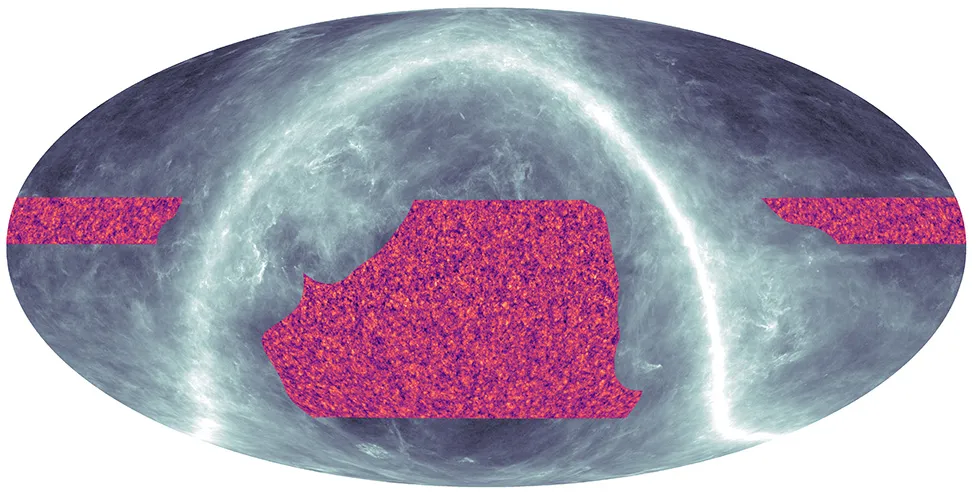
It’s being described as the most detailed ever map of the influence of dark matter through cosmic history. A telescope in Chile has traced the distribution of this mysterious stuff on a quarter of the sky and across almost 14 billion years of time.
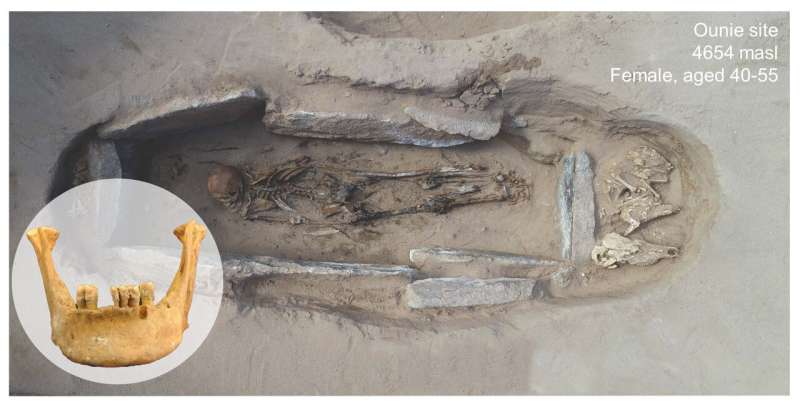
New research into ancient populations that resided on the Tibetan Plateau has found that dairy pastoralism was being practiced far earlier than previously thought and may have been key to long-term settlement of the region’s extreme environment.
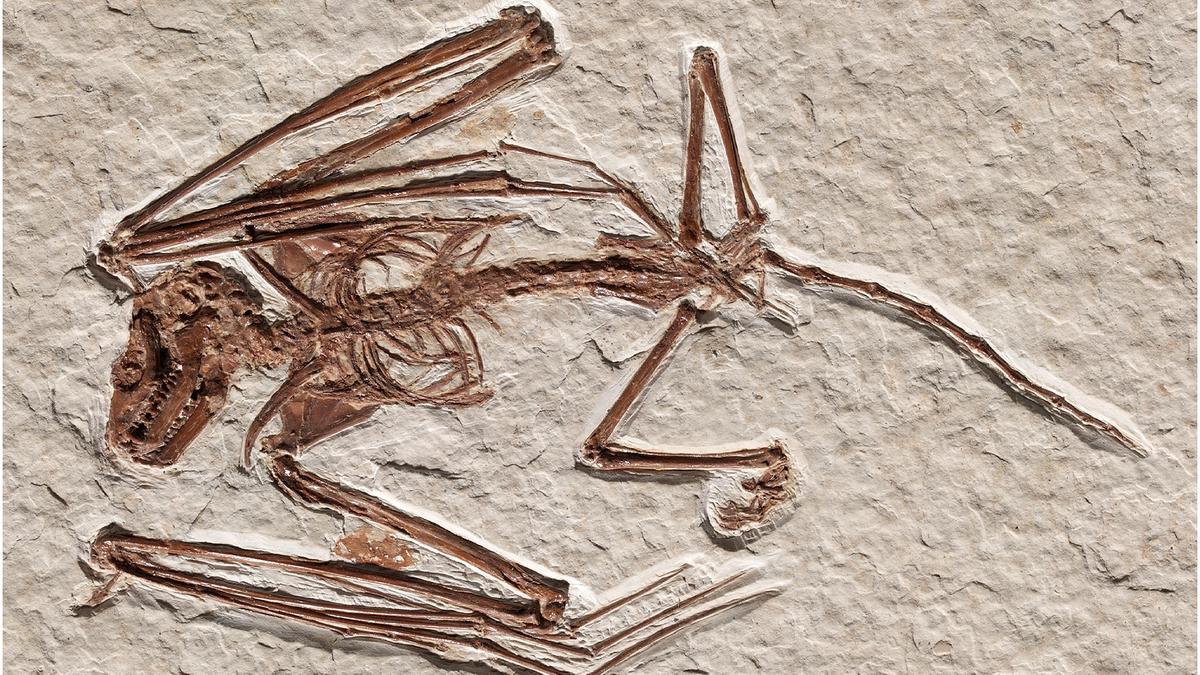
The bat skeletons unearthed in southwest Wyoming are the oldest ever found, and their discovery has sparked a reshuffle in the bat family tree. See the research here.

The eye is so complex that even Charles Darwin was at a loss to explain how it could have arisen. Now, it turns out that the evolution of the vertebrate eye got an unexpected boost—from bacteria, which contributed a key gene involved in the retina’s response to light.
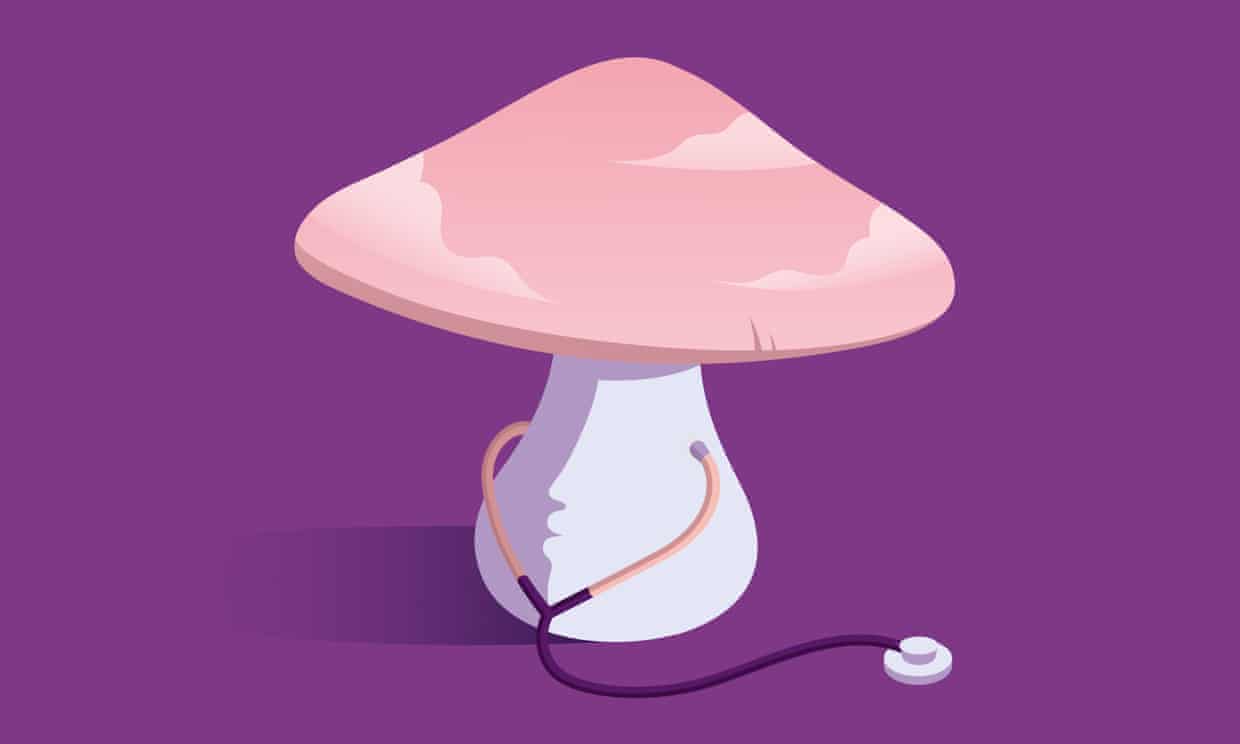
A move to allow Australian psychiatrists to treat depression with psilocybin may herald a new era

Lawmakers want the DEA to clarify that the seriously ill can access psychedelics under “Right to Try” laws.
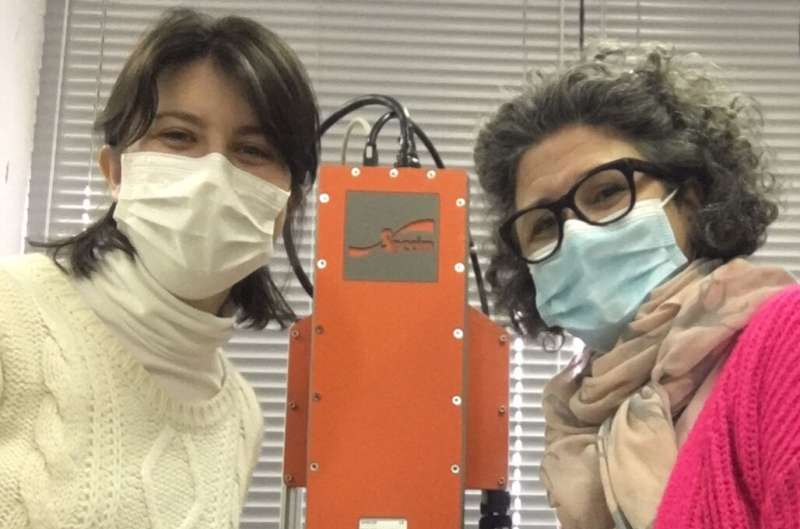
An innovative method developed by an Italian team is emerging that will revolutionize the field of archaeology and radiocarbon dating and protect our cultural heritage. The researchers have used it with surprising results on archaeological bones, making the ‘invisible’ visible.
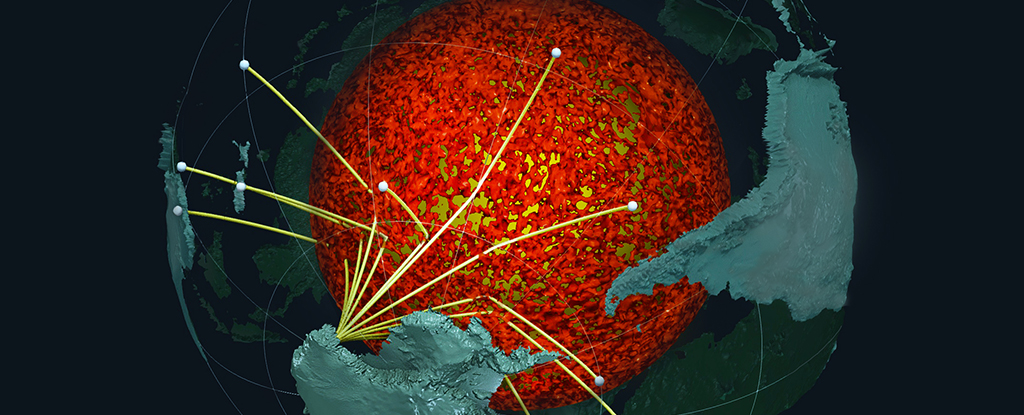
Scientists have stitched together the most high-resolution map yet of the underlying geology beneath Earth’s Southern Hemisphere, revealing something previously undiscovered: an ancient ocean floor that may wrap around the core. See the research here.








